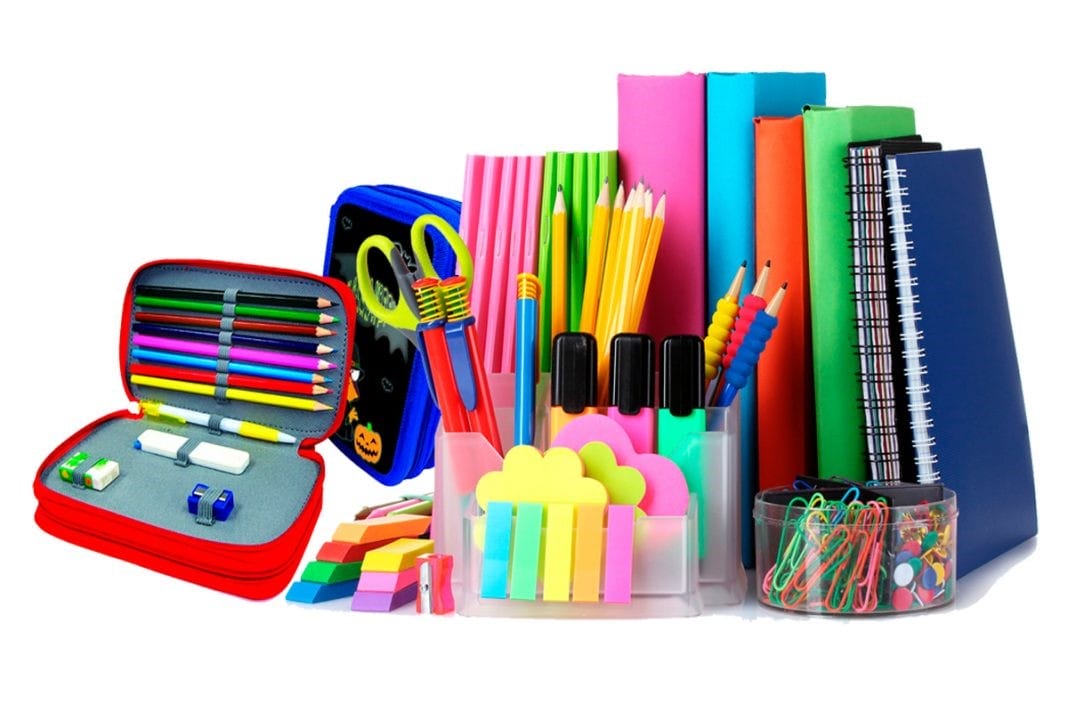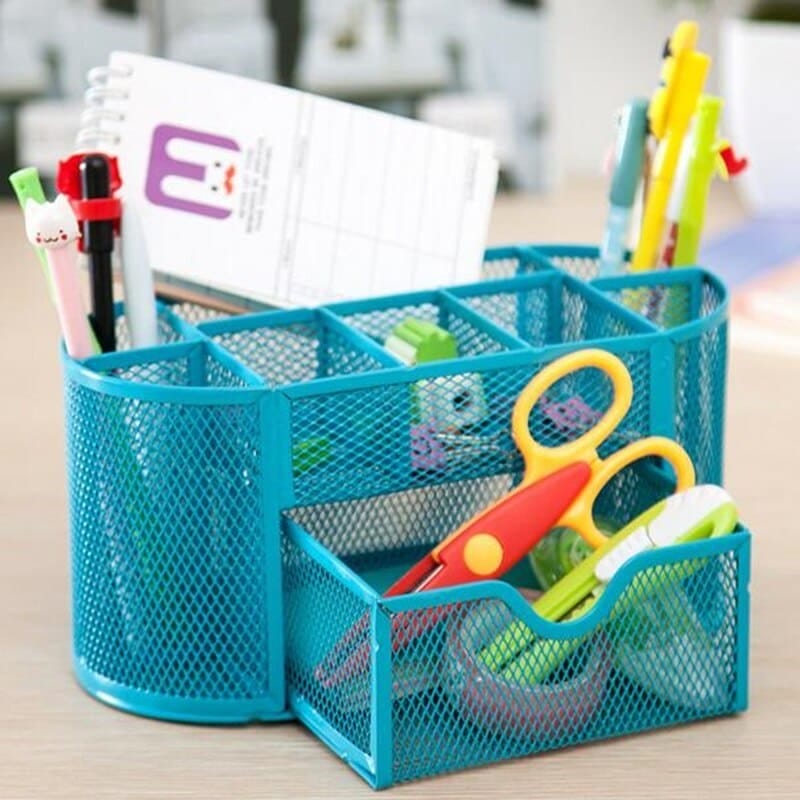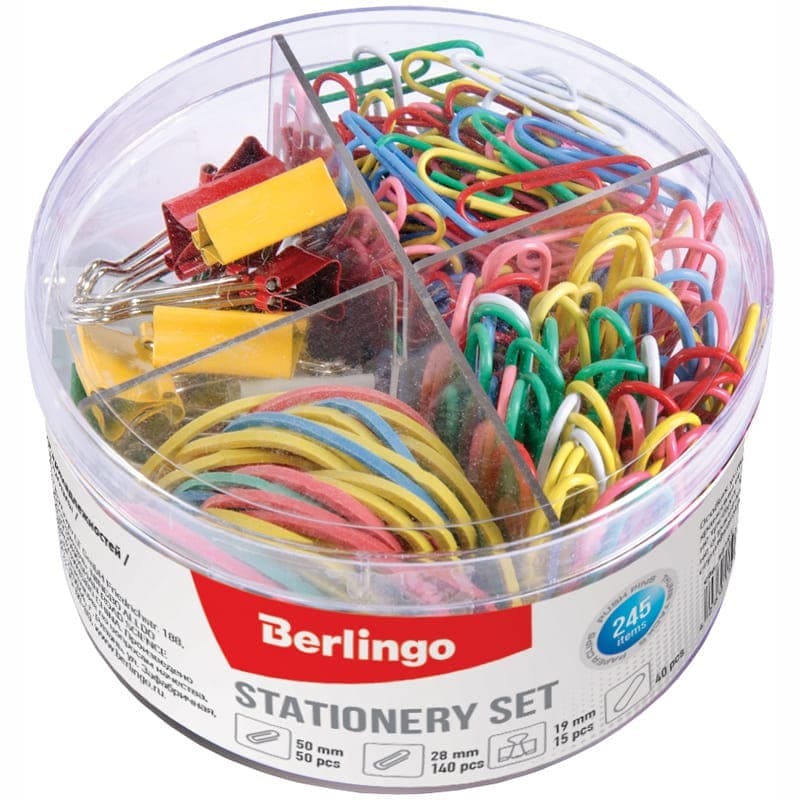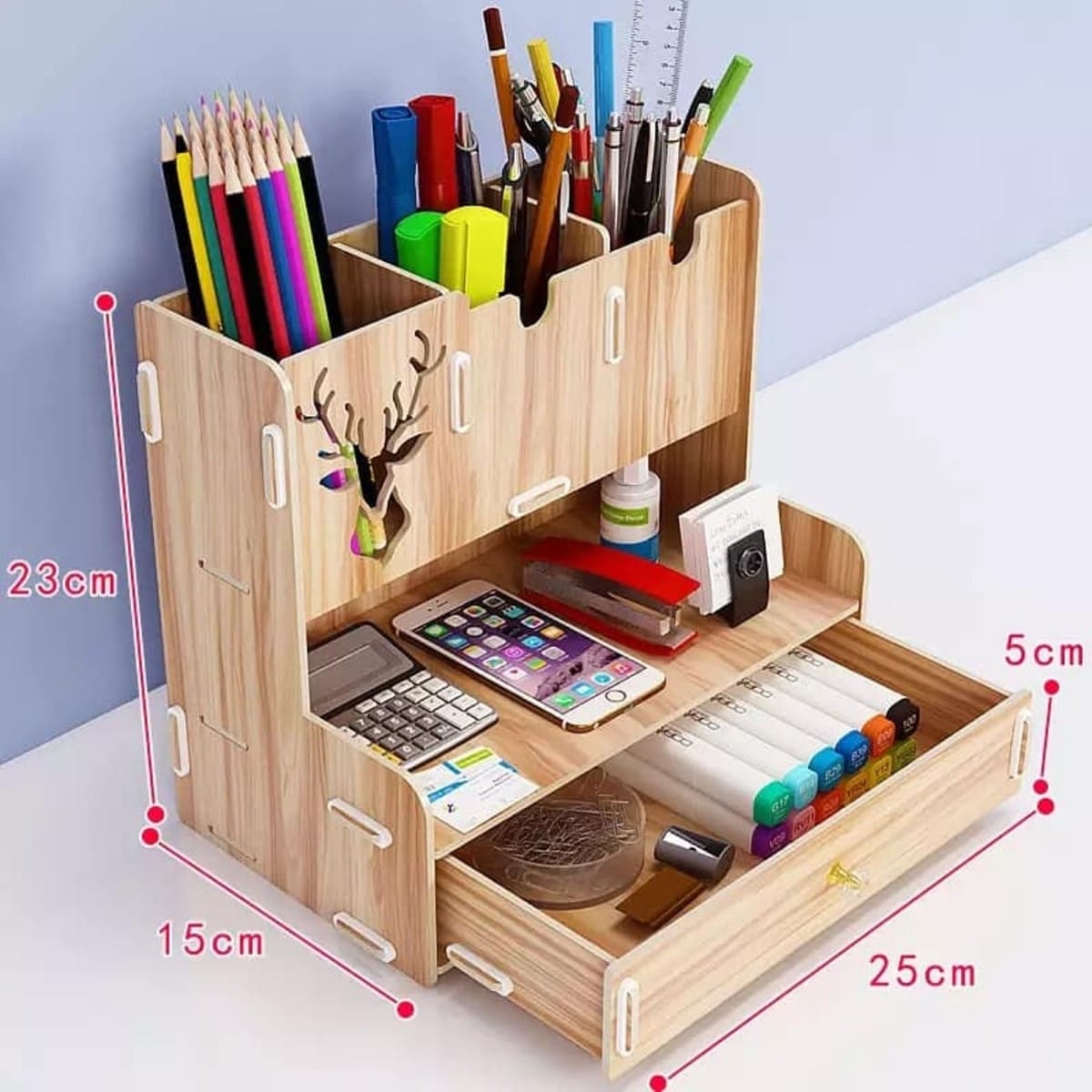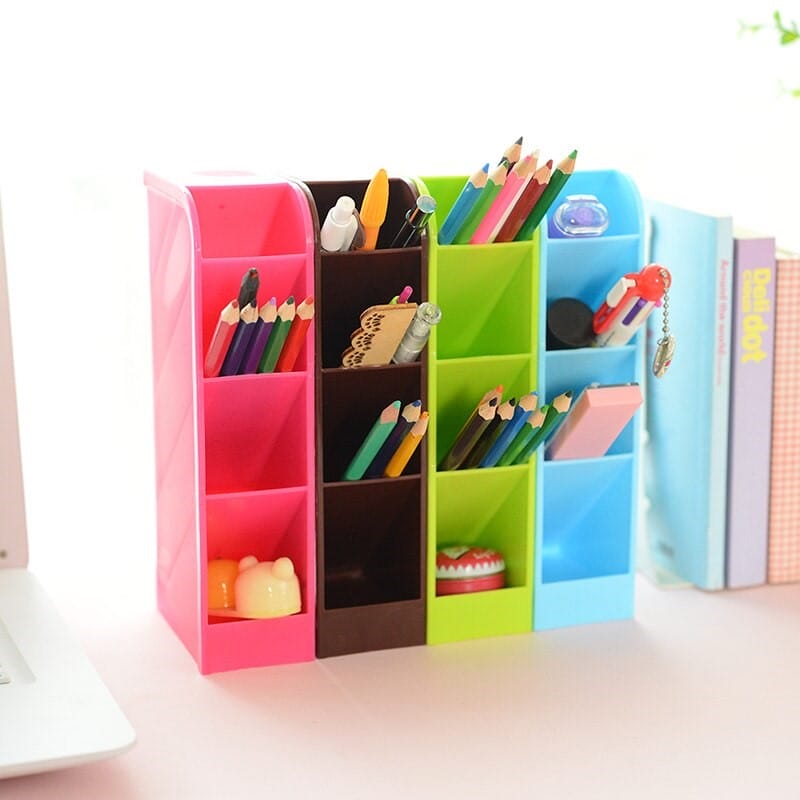Tech
Workplace Ergonomics: Enhancing Comfort and Productivity with Office Supplies and Furniture

In the modern workplace, where many professionals spend considerable hours at their desks, the significance of ergonomics cannot be overstated. Ergonomics—the study of people's efficiency in their working environment—aims to create office spaces that promote health, comfort, and productivity. By carefully selecting and utilizing the right office supplies and furniture, organizations can significantly reduce the risk of work-related discomforts and injuries, while also enhancing workforce efficiency. This article explores various ergonomic office supplies and furniture that contribute to a healthier and more productive office setting.
Ergonomic Chairs: The Backbone of Workplace Comfort
One of the most crucial pieces of ergonomic equipment in any office is the chair. An ergonomic chair supports the natural curve of the spine, offers adjustable features such as seat height and backrest angle, and provides sufficient lumbar support. These adjustments are essential for maintaining good posture, reducing the risk of back pain, which is among the most common work-related health issues. Chairs with additional features like adjustable armrests and dynamic recline capabilities can further enhance comfort and support during long hours of sitting.
Desks That Adapt: Standing and Adjustable Desks
The evolution of desks has led to the popularization of standing and adjustable desks, which allow users to alternate between sitting and standing throughout the day. This variability can significantly decrease the negative health impacts of prolonged sitting, such as cardiovascular disease and decreased metabolism. Adjustable desks should be easy to transition from sitting to standing positions, encouraging movement and flexibility in the workspace.
Keyboard and Mouse: Tools at Your Fingertips
Repetitive strain injuries, such as carpal tunnel syndrome, can be mitigated by using ergonomic keyboards and mice. Ergonomic keyboards typically feature a split design or a gentle slope, which helps in maintaining natural wrist positions. Similarly, ergonomic mice are designed to fit comfortably in the palm, reducing the strain on the wrist and forearm. These peripherals may take some getting used to, but they offer significant long-term benefits by aligning the hands and arms in a more natural posture.
Monitor Placement and Accessories
The placement of the computer monitor is another pivotal aspect of an ergonomic workspace. The top of the monitor should be at or slightly below eye level, and about an arm’s length away from the user. This setup helps in reducing eye strain and neck pain by promoting a natural line of sight. Additionally, monitor stands or adjustable arms can be used to achieve the optimal position, enhancing comfort and reducing the likelihood of developing posture-related discomfort.
Lighting and Environmental Comfort
Proper lighting is essential to avoid eye strain and headaches. Natural lighting is ideal, but where it isn't available, combining ambient lighting with task lighting can provide a well-lit environment that reduces glare and shadows. Additionally, maintaining an appropriate room temperature and having a few plants can improve air quality and overall comfort in the office.
Conclusion
Investing in ergonomic office supplies and furniture is not merely about purchasing products; it’s about investing in health and efficiency. As organizations continue to recognize the importance of employee well-being, ergonomic practices are becoming integral to workplace design. By adopting ergonomically sound furniture and supplies, businesses can foster a more comfortable, healthy, and productive environment for their employees. The up-front costs associated with these investments are quickly offset by the reduced health issues and enhanced productivity they bring, making ergonomics an essential aspect of modern office management.

